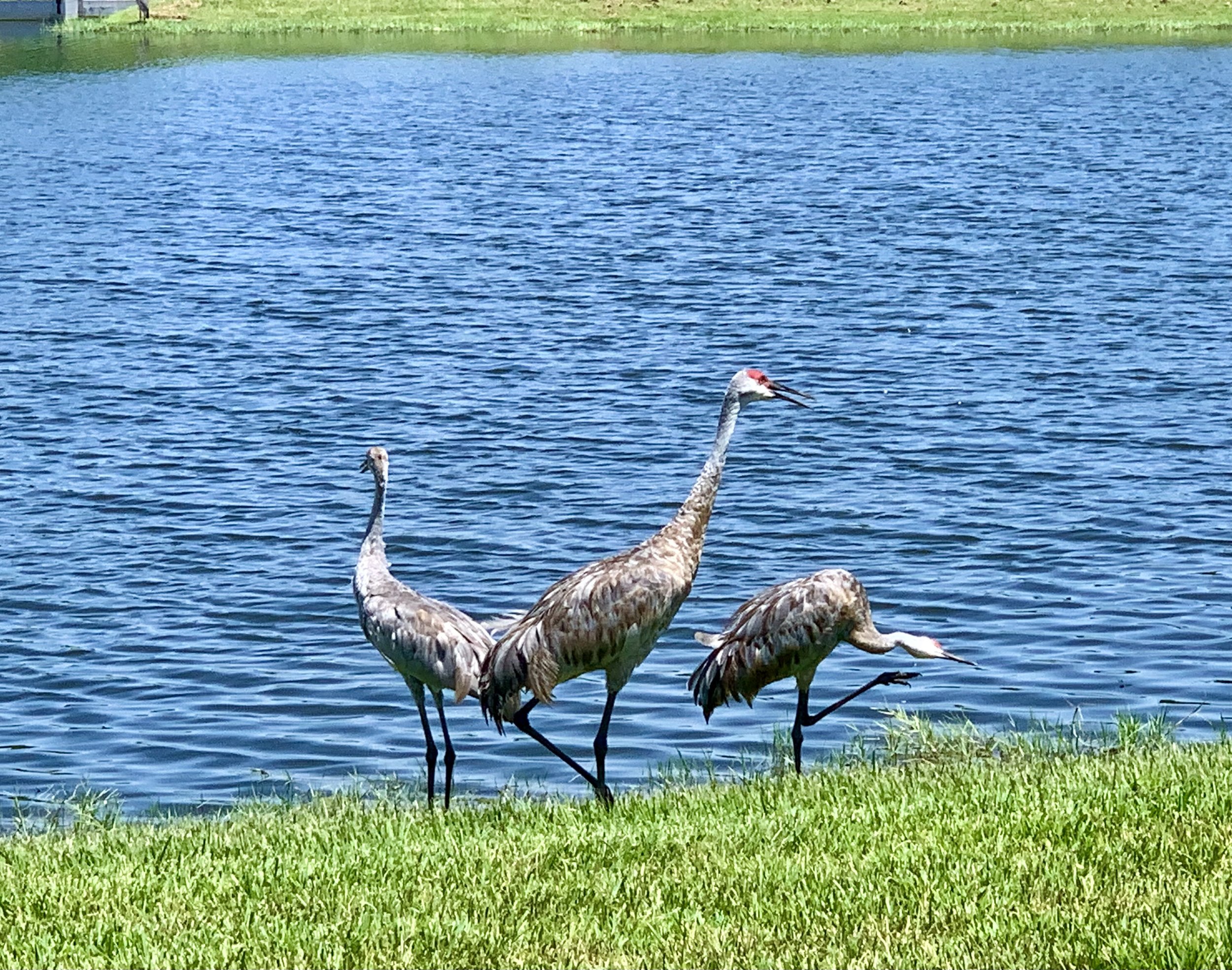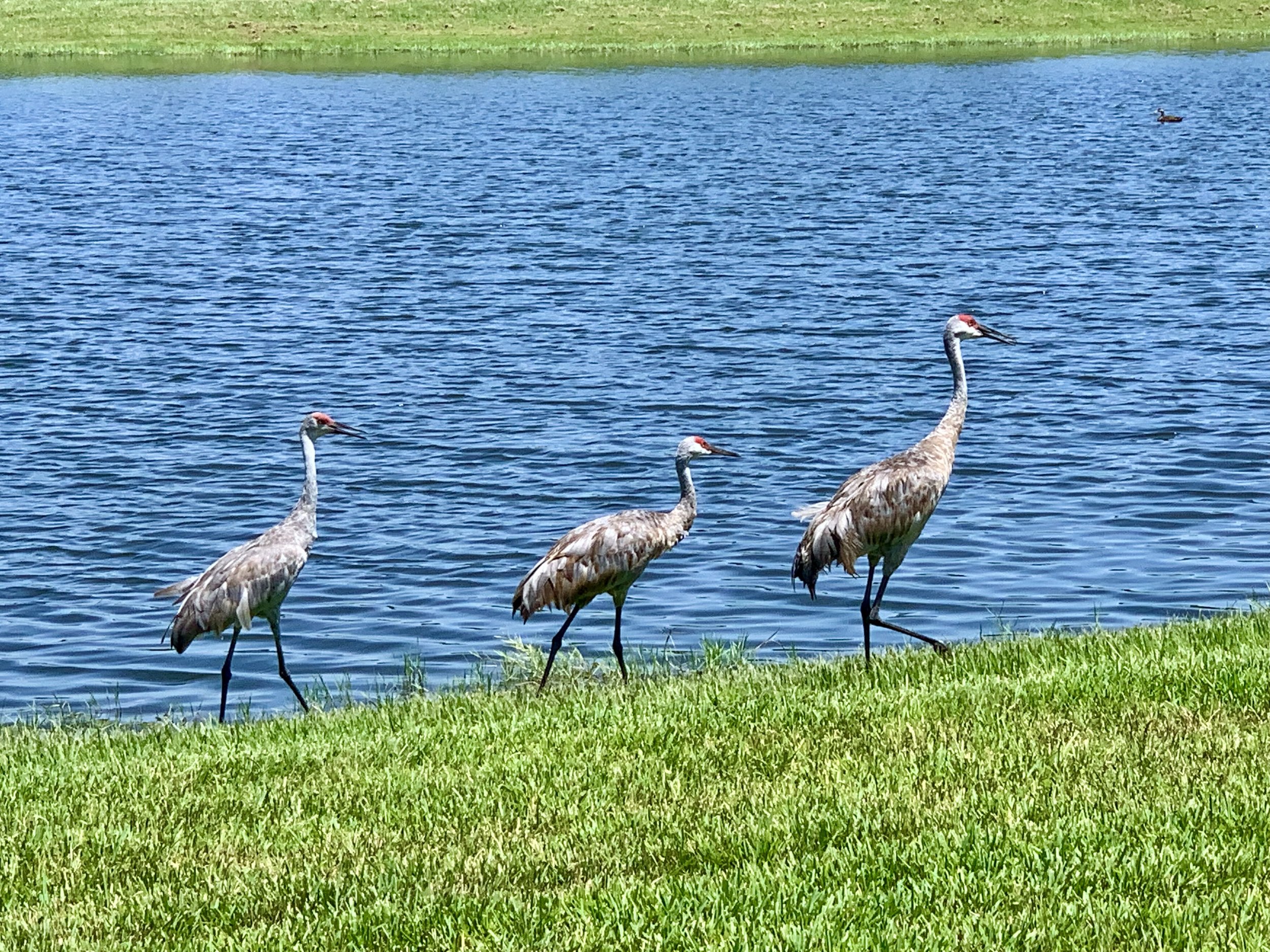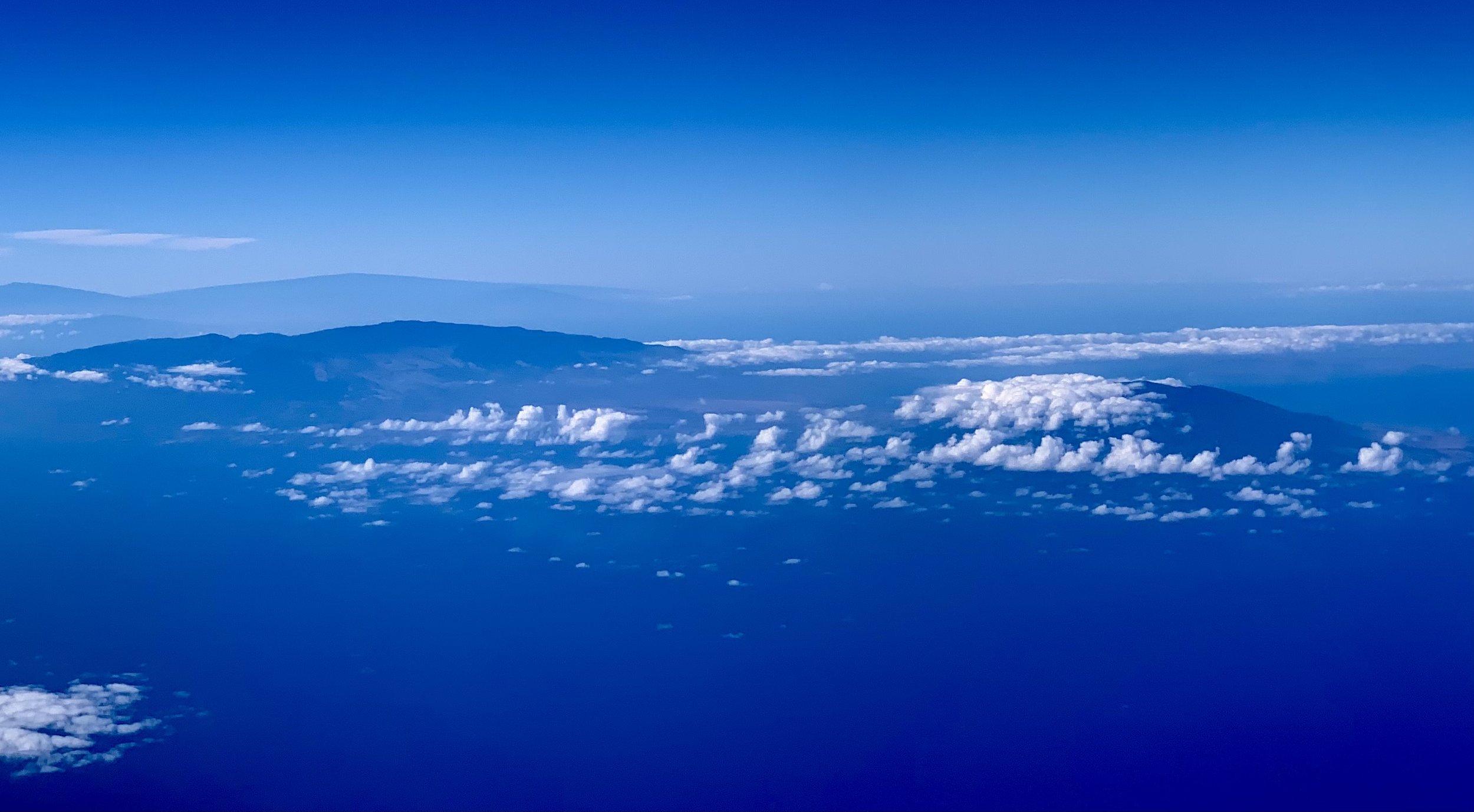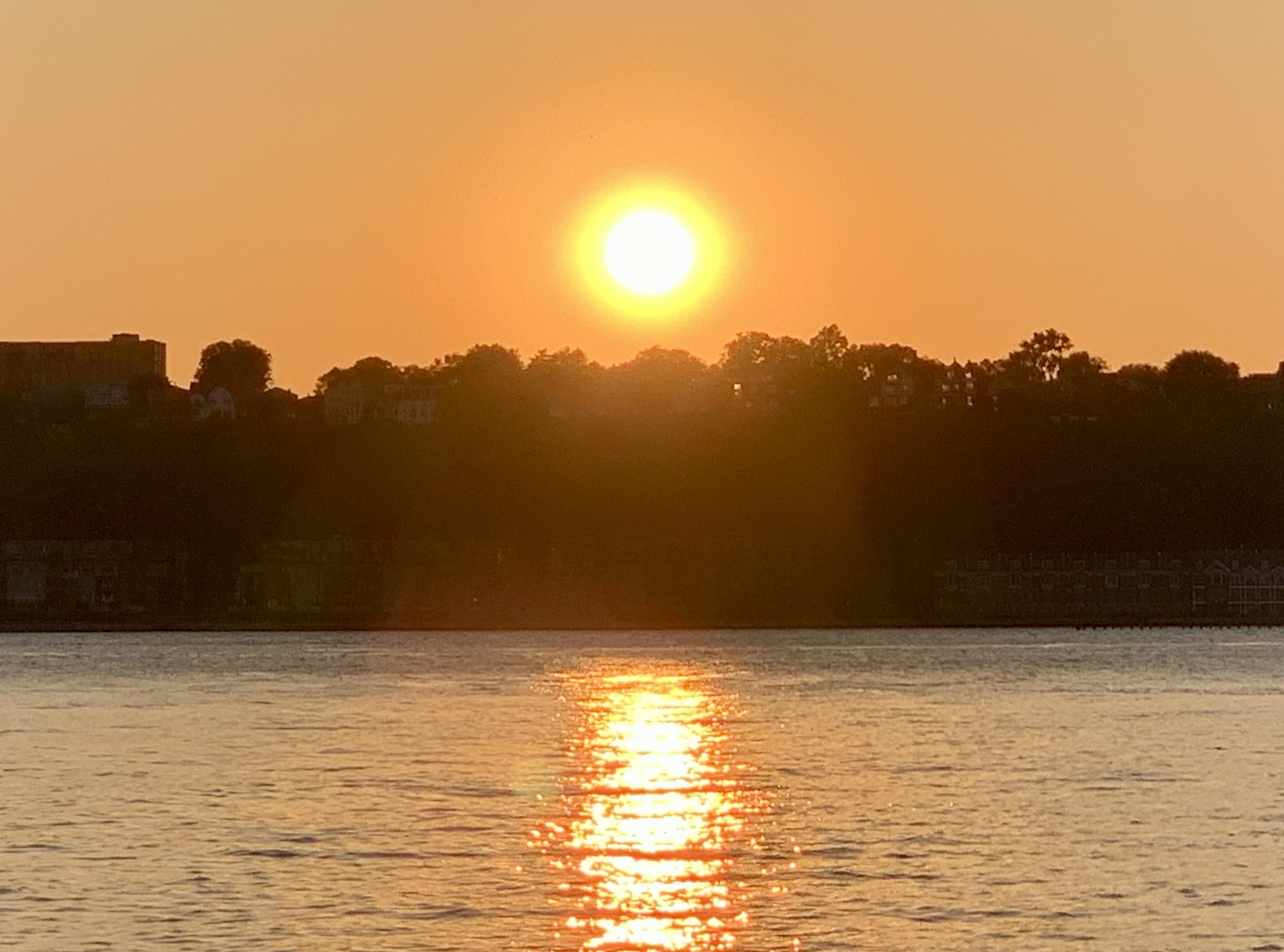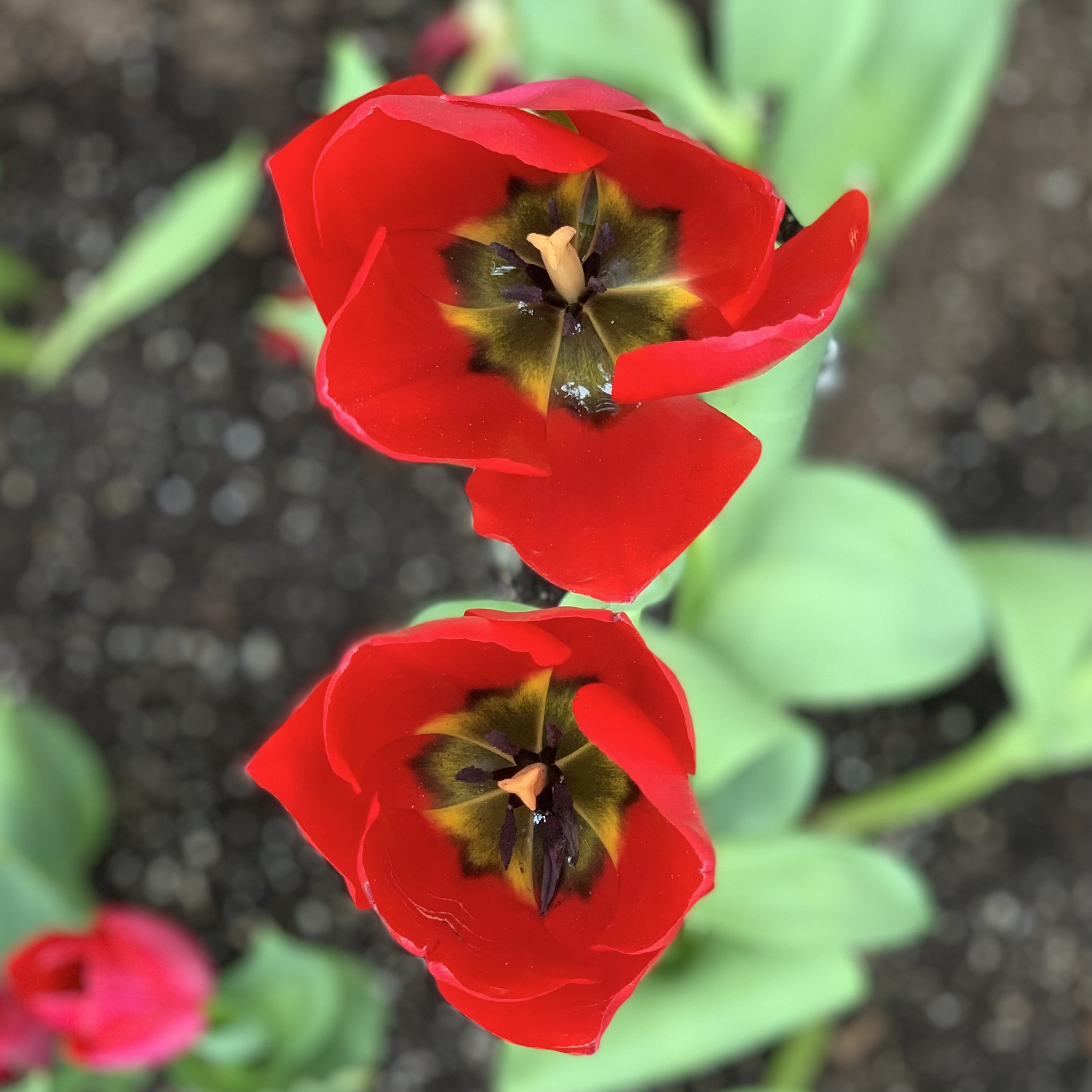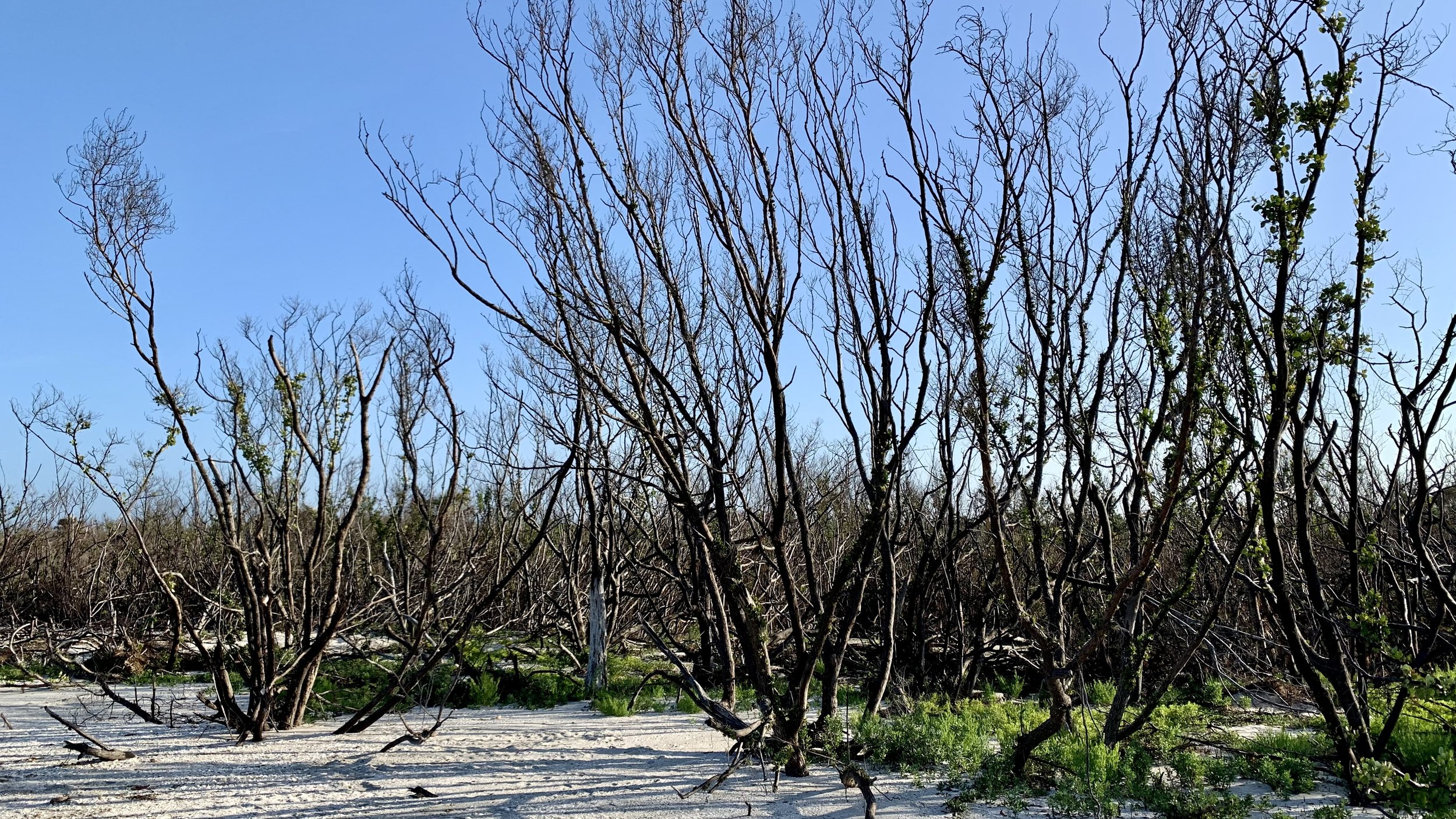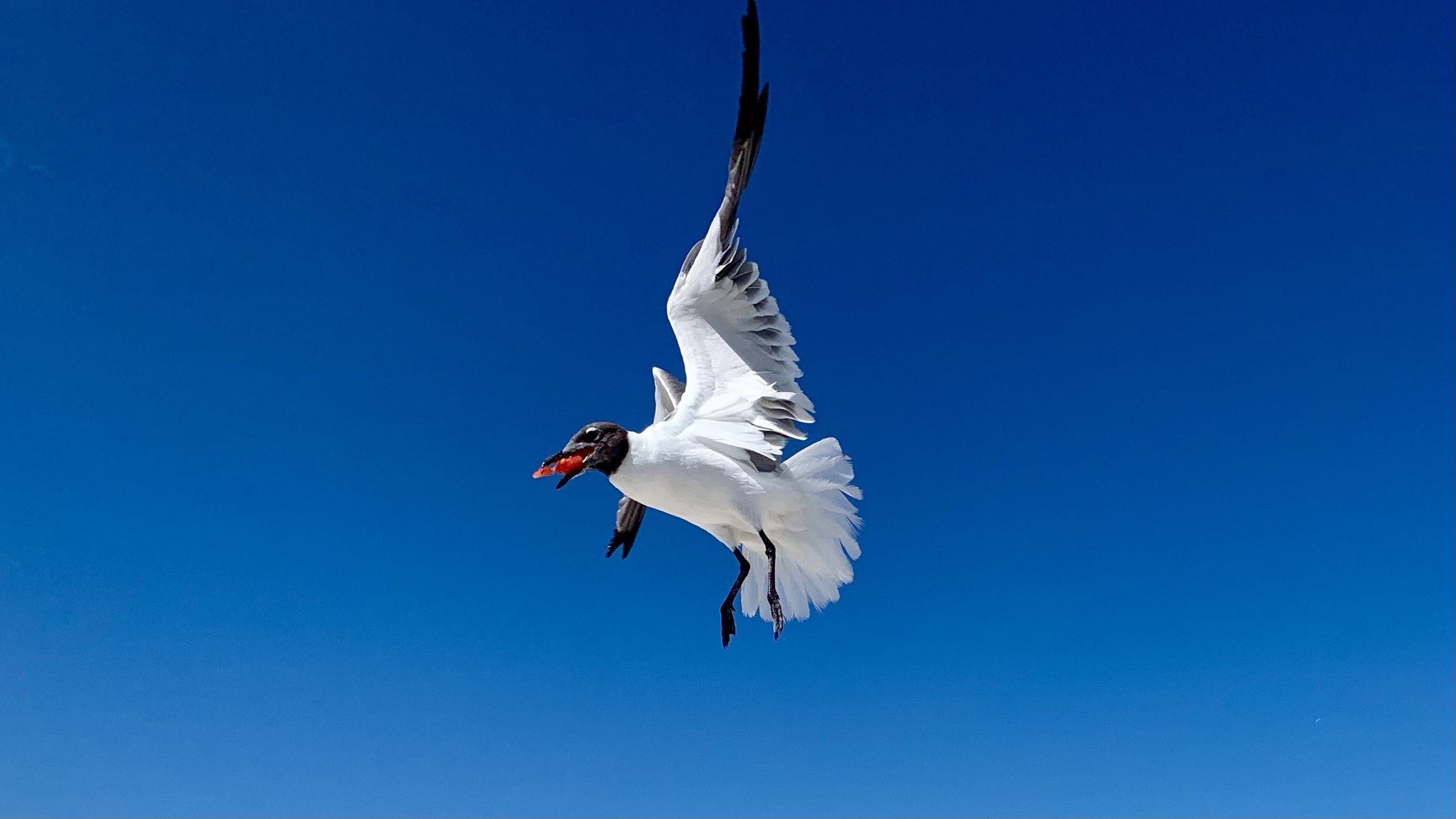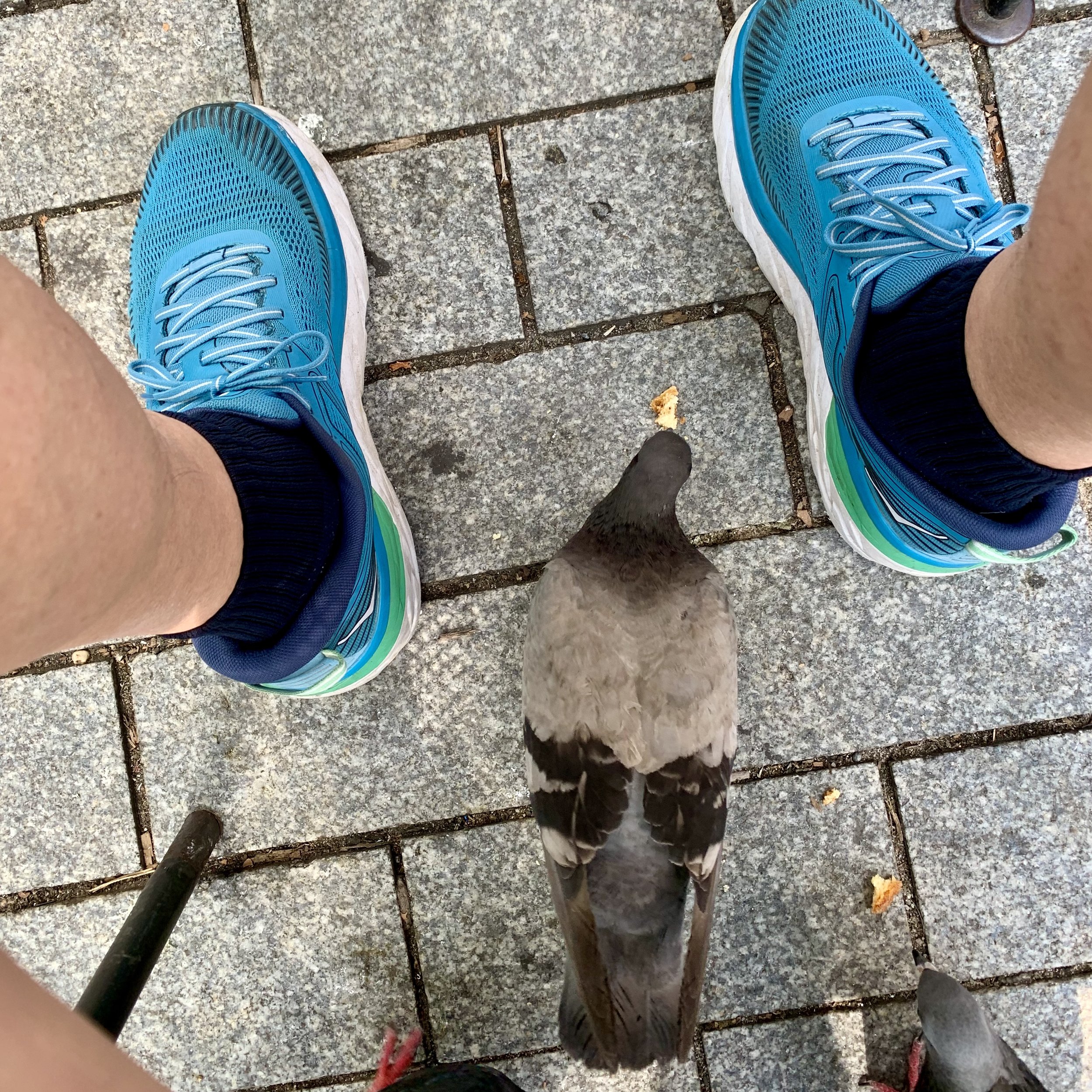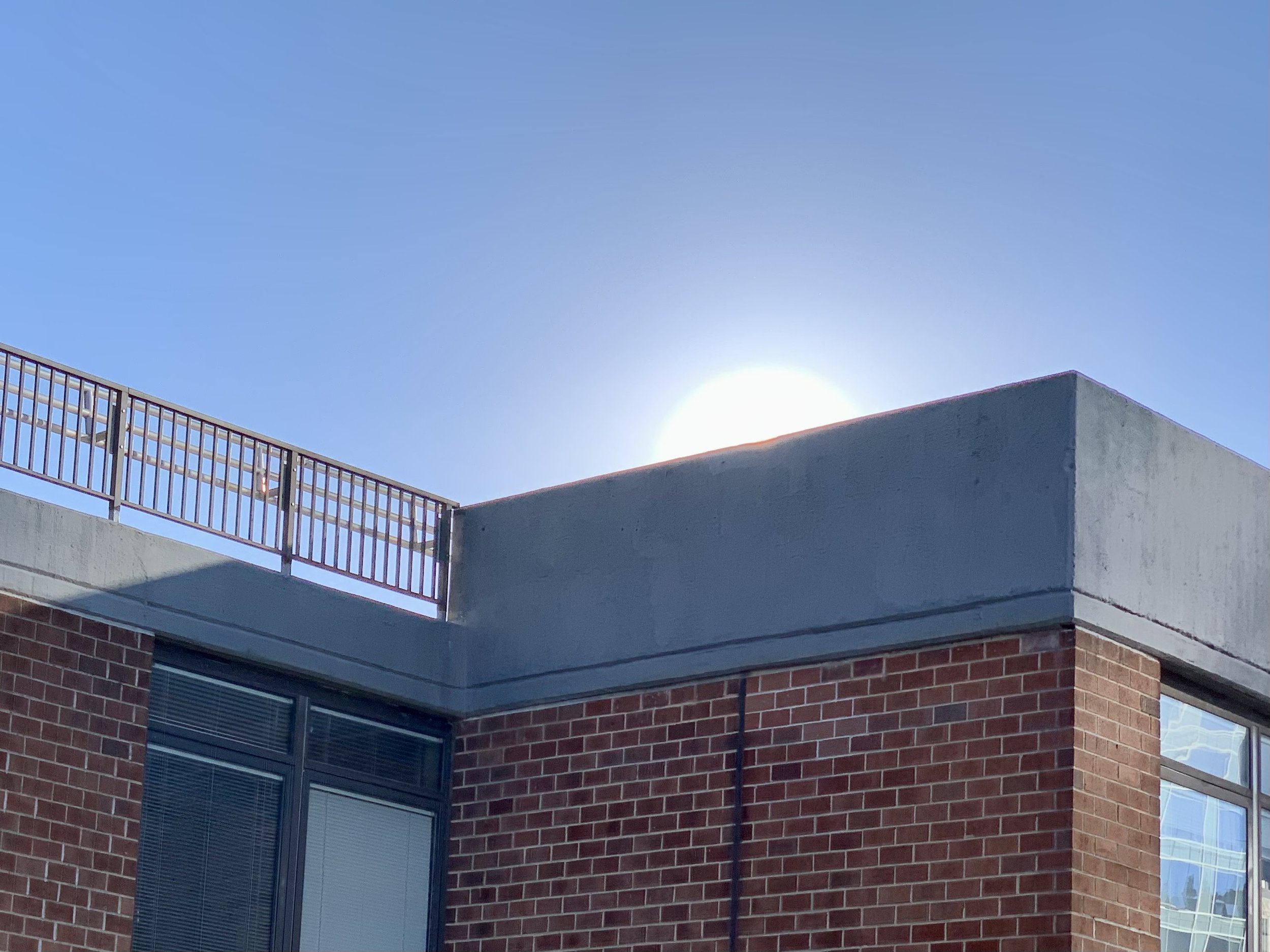Yoga and the Art of Moving from Darkness to Light
/9/11 Memorial Pool, South Tower on 9/11/23. Hard to believe it's been 22 years since a 100+ floors tower stood above this now hallowed ground. May we never forget.
This past month, we once again commemorated the events of 9/11/01. I still remember looking out of my midtown apartment window and witnessing how that gorgeous NYC day devolved into being the scene of an immense tragedy. Each year, on 9/11, I try to go down to lower Manhattan to visit the Memorial Pools. It helps me to never forget.
As I’ve shared annually since then, the Buddha also wished for us to never forget this lesson:
Hatred is never ended by hatred - but by love [this is an eternal rule].
Dr. Martin Luther King expanded upon this teaching by stating:
Darkness cannot drive out darkness; only light can do that. Hate cannot drive out hate; only love can do that. Hate multiplies hate, violence multiplies violence, and toughness multiplies toughness, in a descending spiral of destruction. The chain reaction of evil must be broken, or we shall be plunged into the dark abyss of annihilation.
I think we can all identify with the feeling of spiraling into a deepening cycle of destruction. Someone does something to us and our mind goes spiraling down the path of wishing to get even and/or calling them expletives either directly or silently. As a relatively mild example – here in NYC, we get assaulted daily by people behaving badly. Motorcycles revving up their engines, e-bikes cutting closely into our path, people blasting their music too loud as we walk by. Name your city-dwelling pet-peeve. Relatively speaking, these are mild, transient experiences and generally don’t cause us to spiral downward too far. But then there are other experiences where people do more serious harm to us, both psychological as well as physical. In those cases, the spiraling downward can linger longer and start to do serious harm to our own beings.
As yogis, we’re called upon to use our breath and our awareness to keep the seeds – the cycles, if you will – of hatred that exist within each of us, at bay. Pema Chödrön would say “recognize when you’re getting hooked by intense emotions.” Yoga can help us to recognize when we’ve been “hooked” and guide us to pause, experience, and move the internal feelings from darkness toward light. It can help us slowly get out of the downward spiral.
I don’t know who wrote this, but I read a while back: Gu means Darkness and Ru means Light in Sanskrit, so Guru means moving from dark into light. A teacher merely lights your path; you walk the path.
Each time we practice yoga, our job is to keep getting a little better at lighting our own path and becoming less reliant on others to do that for us. A teacher can only lead us to our path and light our way for only so long. And while it’s great to find a teacher that can lead us there, ultimately any good teacher knows that their job is only to get us there and along the way give us the tools to do the heavy lifting ourselves. Over time and with practice, we can become better at trusting that basic wisdom inside that we all possess. If we can be gentle and compassionate with ourselves during our times of darkness and uncertainty, we can move more easily toward the Light.
Our other job as yogis is to realize that while we can help lead others to the Light, ultimately others will have to step into their own light. As Pandit Pandit Rajmani Tigunait said:
... the Buddha repeatedly proclaimed, “Light your own lamp and the lives of others will be illuminated effortlessly” -- none of us has the power to force others to rid themselves of darkness. The only power we have is to demonstrate how delightful it is to live in the light.
We all wish we could heal the world. We can all fall at times into the trap of trying to be someone else’s savior. But if we are truly desirous of serving others, then one of the best ways we can do that is to keep lighting our own lamp first. So, as you become more skilled at doing yoga, see if you can keep illuminating your inner guru. See if you can light your own lamp brighter. And then, for certain, I believe, you will see yourself becoming a quiet yet palpable and present force – a guru – to others around you. Having witnessed that, for sure you will start to see others becoming a Gu-ru, moving their own darkness to Light. What a delightful way to be of service to others!
May you be happy, …
May you be healthy, …
May you never forget, …
May you move from darkness to Light… for the benefit of those nearest to you, and ultimately benefit ALL Beings everywhere.
Aloha and Metta,
Paul Keoni Chun
This rainbow appeared over my building on 9/11/23. Even though the skies are mostly gray, the suns rays and the colors of hope are starting to transform the darkness into light.



